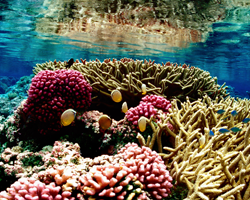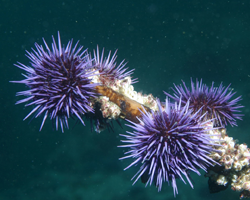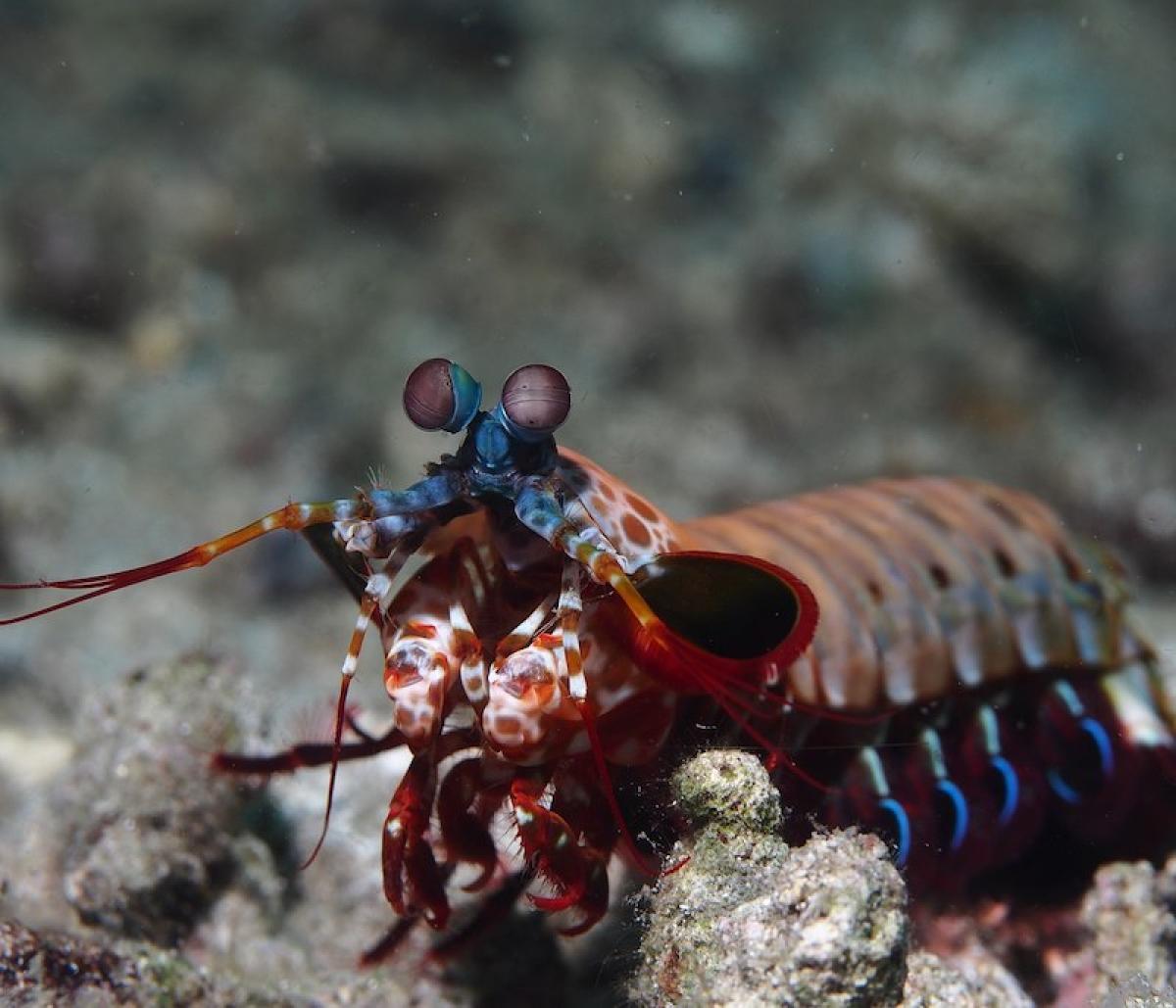External Fertilization

You dive into the ocean along a coral reef. You see beautiful corals, full of color and life. But you notice that these animals don’t actually move. How do animals that don’t move find a mate?
They do it by releasing eggs or sperm into the water, in the hopes that the cells will find each other and the eggs will be fertilized. Most aquatic organisms that reproduce sexually use this method of fertilization. Because it happens outside of the body, we call this “external fertilization”.
External fertilization in animals usually occurs in water or in damp areas in a process called spawning. Moisture in the environment keeps the gametes from drying out. Moisture is also important so the eggs and sperm can move around freely, which lets them meet and fuse.

In aquatic vertebrates like fish, salamanders, or frogs, some males and females will release eggs near each other so the eggs have a better chance of meeting. Grunions are fish that swim on to shore and mate in the sand. The female buries her tail in the sand and lays her eggs, then a male wraps around her and fertilizes the eggs she laid. Male and female salmon fish leave the ocean at the same time, to swim for miles and miles up river together. They gather in a special spot called a spawning ground. There, females make nests in river beds and fill them with eggs, and males release sperm over these nests. In most frogs, the male will hug the female’s back and fertilize the eggs as she lays them.

In aquatic plants and invertebrates like coral and sea anemones, the motion of the water moves eggs and sperm around so they meet by chance. Sounds a bit unlikely, right? To help make sure these eggs and sperm will find one another, thousands or even millions of eggs or sperm are released. The release of these eggs and sperm are often timed together, to give them a higher chance to find one another.
Additional images via Flickr. Mantis shrimp via Wikimedia Commons by Rickard Zerpe.
Read more about: To Breed or Not to Breed
Bibliographic details:
- Article: External Fertilization
- Author(s): Dr. Biology
- Publisher: Arizona State University School of Life Sciences Ask A Biologist
- Site name: ASU - Ask A Biologist
- Date published:
- Date accessed:
- Link: https://askabiologist.asu.edu/external-fertilization
APA Style
Dr. Biology. (). External Fertilization. ASU - Ask A Biologist. Retrieved from https://askabiologist.asu.edu/external-fertilization
Chicago Manual of Style
Dr. Biology. "External Fertilization". ASU - Ask A Biologist. . https://askabiologist.asu.edu/external-fertilization
Dr. Biology. "External Fertilization". ASU - Ask A Biologist. . ASU - Ask A Biologist, Web. https://askabiologist.asu.edu/external-fertilization
MLA 2017 Style

Be Part of
Ask A Biologist
By volunteering, or simply sending us feedback on the site. Scientists, teachers, writers, illustrators, and translators are all important to the program. If you are interested in helping with the website we have a Volunteers page to get the process started.

